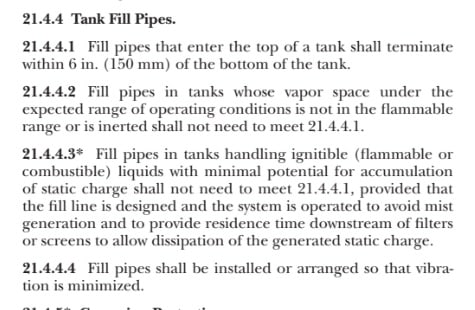patchlam
Chemical
- Oct 15, 2015
- 52
Dear Engineers,
Good day to y'all.
I have a vessel with dimensions like 7 meters diameter and 15 meters height. Just wondering, for my inlet nozzle (located at the top of the vessel), is it necessary to have the dip pipe for that nozzle? Is that any guideline I should follow, for example what is the minimum height between the nozzle and tank floor that I need to use a dip pipe?
Thanks.
Regards,
Patch
Good day to y'all.
I have a vessel with dimensions like 7 meters diameter and 15 meters height. Just wondering, for my inlet nozzle (located at the top of the vessel), is it necessary to have the dip pipe for that nozzle? Is that any guideline I should follow, for example what is the minimum height between the nozzle and tank floor that I need to use a dip pipe?
Thanks.
Regards,
Patch





